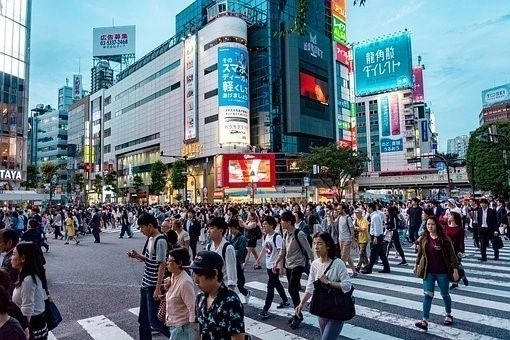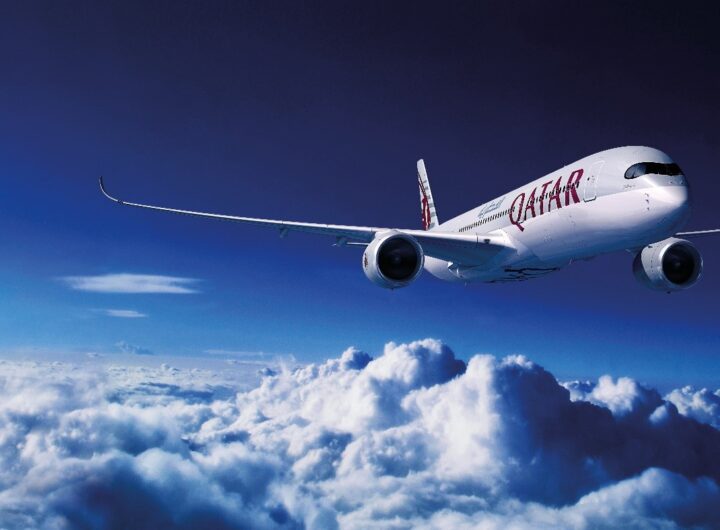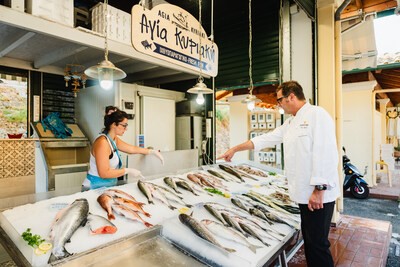
Rainbow Bridge Tokyo: Photo: Xegxef, Unplash
Last Tuesday, Japan eased its previously rigid COVID restrictions, allowing international travellers to enter the country without a visa for the first time since the pandemic’s beginning.
During the pandemic’s peak, Japan closed its borders to the vast majority of international travellers.
Since June, only packaged tours have been allowed. Meanwhile, the yen has plummeted against the dollar, providing some travellers far more purchasing power, and making Japan practically tempting to bargain seekers.
The country-regulated number of visitors is 50,000 per day, and visitors must book their arrival through an authorised tour operator.
Before the pandemic, big-spending international travellers used to flock to Tokyo’s Akihabara electronics area, where shops were full of watches and souvenirs like samurai swords and toy cats with bobbing heads.
Brisbane Airport claims Japan has been the most popular tourist destination searched for by Australians on Google over the past 20 years, making the opening extremely important for Australia’s economy.
Visitors arriving in the country for the first time can now make their travel plans. Still, they must provide proof of either a triple vaccination or a negative pre-departure COVID test.
Qantas now operates three weekly flights between Sydney and Tokyo (Haneda); this will increase to four weekly in 2023 from Melbourne and three weekly on 1 December from Brisbane.
While Jetstar has already begun Cairns-Narita and Osaka-Narita flights and Gold Coast-Narita Airport flights, the Flying Kangaroo will extend its services from the NSW capital in November.
Virgin will debut its rival route to Japan in March next year, but bookings have already opened.
Meanwhile, Qantas and Jetstar are luring Australians to Japan by offering every economy seat as a ‘classic flight reward’ from 11 May to 20 June 2023 – meaning loyalty points may be used to purchase seats.
From 11 October to 30 November 2022, all economy seats on Jetstar flights between Australia and Japan will be offered as ‘classic flight rewards.’
All Nippon Airways and Japan Airlines aim to increase flight capacity in response to growing demands. During the pandemic, both drastically reduced flights.
Before the pandemic, 32 million international visitors visited Japan in 2019. According to the World Travel & Tourism Council, the travel and tourism sector contributed more than 7% to the local economy.
 Revitalising a Cultural Landmark: Imperial Hotel, Kyoto Set to Open Spring 2026
Revitalising a Cultural Landmark: Imperial Hotel, Kyoto Set to Open Spring 2026  Japan’s Rising Popularity Among Australian Travellers: A Destination Turned Cultural Phenomenon
Japan’s Rising Popularity Among Australian Travellers: A Destination Turned Cultural Phenomenon  Two Holidays in One: Why Hong Kong is the Perfect Stopover
Two Holidays in One: Why Hong Kong is the Perfect Stopover  Bhutan Pioneers a New Era of Travel with National Crypto Payments
Bhutan Pioneers a New Era of Travel with National Crypto Payments  The AI Revolution in Travel: Transforming Journeys and Experiences
The AI Revolution in Travel: Transforming Journeys and Experiences  Experiencing Tokyo Beyond the Crowds
Experiencing Tokyo Beyond the Crowds  Qatar Airways Resumes Flights To Malta: Enhancing International Connectivity
Qatar Airways Resumes Flights To Malta: Enhancing International Connectivity  Viking Cruises Unveils 14 New Ocean Itineraries for 2026 & 2027
Viking Cruises Unveils 14 New Ocean Itineraries for 2026 & 2027  Seabourn Elevates Onboard Dining with New Menus and Local Flavours
Seabourn Elevates Onboard Dining with New Menus and Local Flavours  Oceania Cruises Marks a New Era with the Construction of the First Sonata Class Ship
Oceania Cruises Marks a New Era with the Construction of the First Sonata Class Ship 